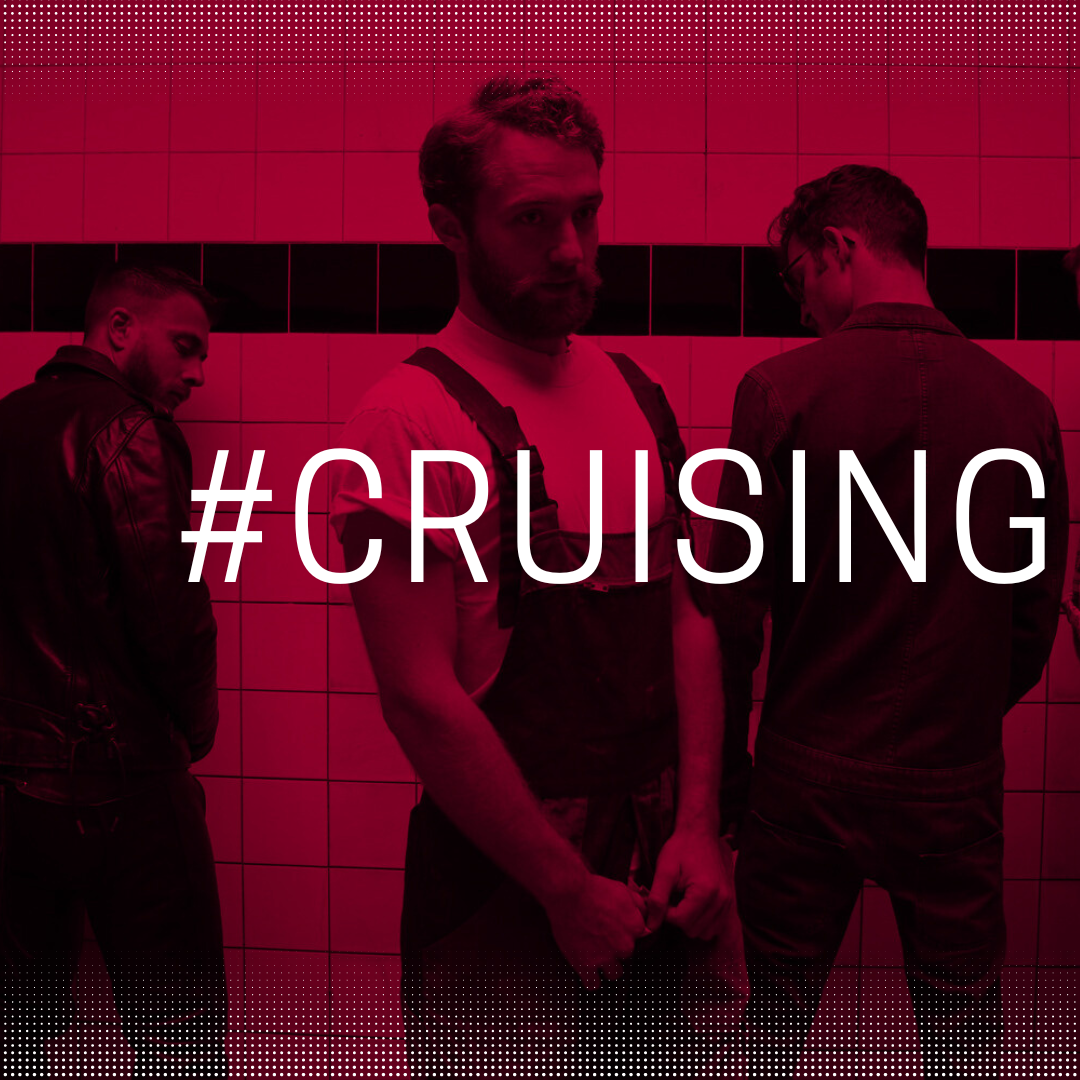Exploring Gay Cruising: Psychology, Pleasure, and the Appeal of Anonymous Connection
Among the wide range of adult sexual expressions, gay cruising occupies a unique space rooted in spontaneity, anonymity, and thrill. While it has historical roots linked to necessity and secrecy, modern cruising remains an erotic practice that many find deeply satisfying — both psychologically and physically. This article explores the fetish through an informative lens, focusing on why some individuals are drawn to cruising and the pleasure they derive from it.
What Is Gay Cruising?
Gay cruising refers to the act of seeking anonymous or semi-anonymous sexual encounters between men, often in public or semi-public spaces. These might include parks, toilets, car parks, gyms, or cruising-specific venues like saunas and dark rooms. Although the behaviour can involve a level of discretion or code-based communication (like body language, glances, or subtle gestures), it is always consensual.
It is important to distinguish cruising as a fetish — where the act itself is eroticised — from cruising out of necessity (as was historically the case when same-sex love was illegal or taboo). Today, many who have access to safe and open sexual environments still actively choose cruising for the unique psychological experience it offers.
The Psychology Behind Gay Cruising
-
Thrill and Risk: A key element in the cruising fetish is the adrenaline of potential exposure. This doesn’t necessarily mean wanting to get caught, but rather finding erotic tension in the risk of being seen or the challenge of finding a willing partner in a fleeting moment.
-
Anonymity and Fantasy: Cruising often involves partners who don’t exchange names, numbers, or even words. For some, this creates an intensely erotic fantasy space, where the encounter is stripped of social expectations, roles, or emotional complexity.
-
Power and Transgression: For others, there is a fetishistic thrill in breaking norms — engaging in something secretive or taboo. This transgression heightens arousal and adds a layer of psychological intensity.
-
Freedom from Labels or Judgement: Cruising can offer a space free from the performative pressures of dating or community expectations. It allows individuals — including those who may not openly identify as gay or bisexual — to explore their sexuality without the burden of self-definition or societal judgment.
-
Connection and Validation: Despite its anonymous nature, cruising can still meet emotional needs. The act of being desired, chosen, and physically connected can affirm one’s desirability, body image, or sense of belonging in a subtle but meaningful way.
The Joy of the Experience
Those who fetishise cruising often describe the following pleasures:
-
Spontaneity: The unexpected nature of the encounter — not knowing who, when, or where — creates excitement akin to a game or chase.
-
Erotic Simplicity: The absence of conversation or courtship can feel liberating. There’s no need to “perform” in the way one might on a date or in a relationship.
-
Sensory Focus: In cruising scenarios, the senses are heightened — every look, gesture, breath, or subtle touch becomes charged with possibility.
-
Community and Subculture: For some, cruising isn't just a fetish but a connection to a wider cultural or historical legacy. It holds symbolic value, especially for older generations of gay men, or those reclaiming cruising as a form of erotic pride.
Safety and Ethics
It’s essential to approach cruising with awareness of legal boundaries and the importance of consent. While fantasy and risk may be part of the appeal, mutual respect, hygiene, and clear non-verbal communication remain vital. Many men also cruise with safe sex practices in mind, using protection or seeking out safer environments (like private clubs or dedicated venues) to minimise risk.
Conclusion
Gay cruising, when viewed as a fetish, offers participants a unique blend of freedom, excitement, and raw connection. It taps into fundamental human desires — to be seen, to be wanted, to escape routine — and channels them into a form of sexual expression that is both intimate and anonymous. Like all kinks and fetishes, when approached with consent and clarity, it becomes a powerful way for individuals to explore and enjoy their authentic erotic selves.









